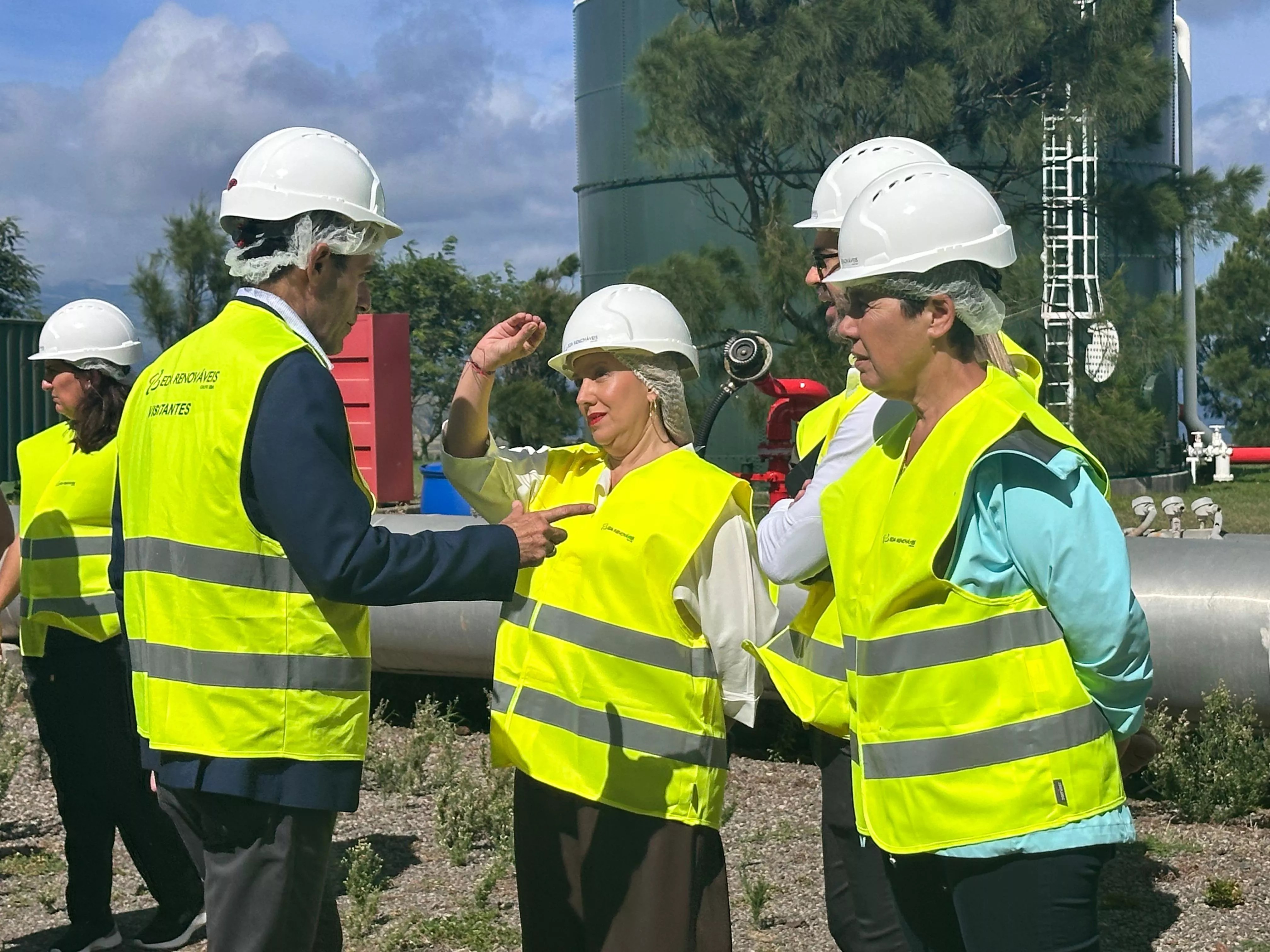According to the information included in the project, the company plans to a maximum number of flights per year of 7,300, that is, about 20 flights per day. Each seaplane will have a maximum capacity of 16 passengers. Two lines are planned. One of the lines will link the ports of Santa Cruz de Tenerife and Las Palmas de Gran Canaria in just 30 minutes. The other will link Santa Cruz de Tenerife with Santa Cruz de La Palma. Last year they carried out the first test and presentation flights of the airline.
floating docks
The Santa Cruz de Tenerife hydroaerodrome will be located in the area of the old JetFoil station. Specifically, it will consist of a passenger terminal building, an access walkway that will connect the dock with the floating pontoons that will be used for docking the seaplane, and an area for the location of the fuel tank and material storage. “In addition, the non-exclusive use of landing and take-off channels and connection channels is also required to connect the docking and mooring areas. These sheets of water are shared with other maritime traffic.” The ditching and take-off channel will be 1,928 meters long and 20 meters wide.
The reference aircraft is the DHC-6 Twin Otter. It is 15.77 meters long and 19.81 meters wide. As stated in the environmental impact study, The project consists of setting up a “restricted-use hydro-aerodrome for daytime visual flights (VFR) for tourist trips or sightseeing“.
The environmental impact study, and as indicated in the announcement published this Monday, February 20, in the Official State Gazette (BOE), will be displayed at the premises of the Government Sub-delegation in Santa Cruz de Tenerife, in Calle Méndez Núñez, number 9; at the headquarters of La Granja of the Town Hall of the chicharrera capital, in the coming of Madrid, number 2; and on the website of the State Aviation Safety Agency.
















